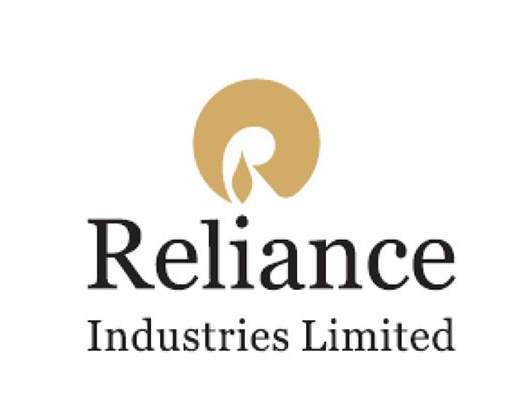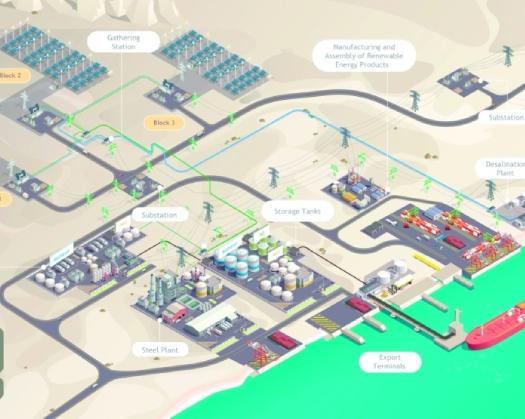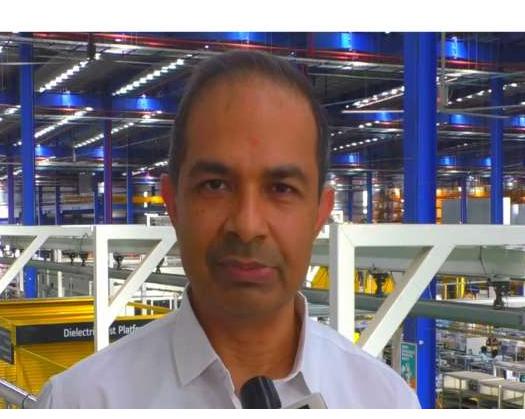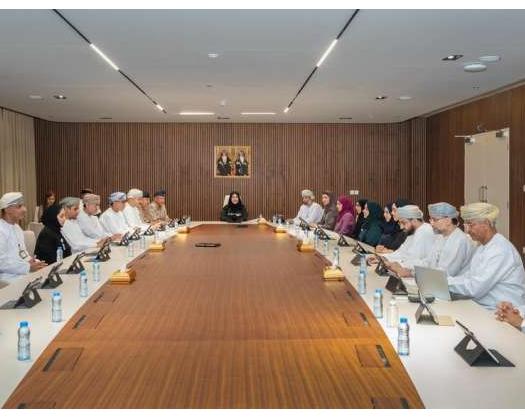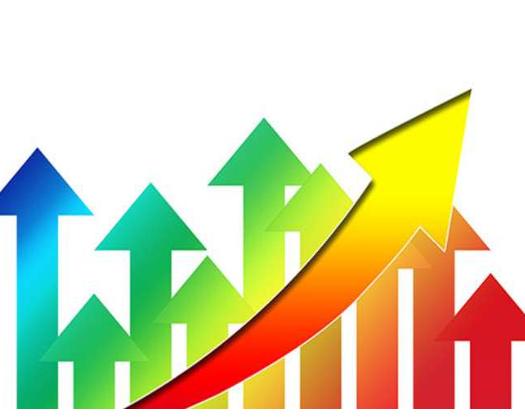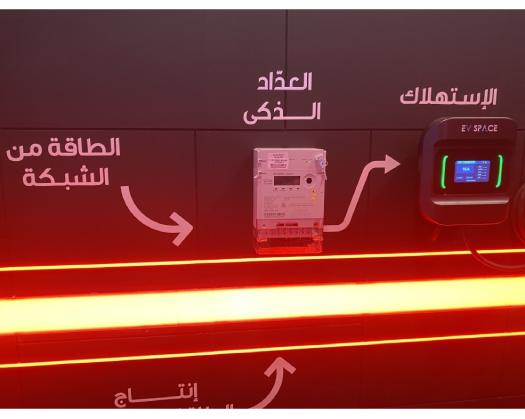New Delhi: Reliance Industries Limited (RIL) is anticipated to enter a recovery phase in 2024 after facing challenges in the previous year, according to a report by Bernstein research.
The report indicates that this recovery will be fueled by significant growth in sectors such as telecom, retail, and refining, which are projected to demonstrate enhanced performance metrics in the near future.
Reliance's stock has experienced a 25 percent decline from its peak in mid-July, marking a sharp reversal from the strong performance observed in the first half of the financial year 2024.
In 2025, the recovery is expected to be driven by a projected 12 percent increase in Jio's Average Revenue Per User (ARPU) without any tariff increases, alongside a subscriber growth rate of 4-5 percent.
Retail operations are also predicted to recover, achieving double-digit EBITDA growth, thereby strengthening RIL's overall position.
In the refining sector, Gross Refining Margins (GRMs), which fell to USD 9 per barrel in financial year 2024, are expected to rebound, contributing positively to the conglomerate's overall earnings growth.
The report also emphasizes the company's valuation, noting that its current trading multiple of 10.1x forward EV/EBITDA reflects a 17 percent discount compared to its three-year average.
With earnings projected to grow by 19 percent or more in FY26, Bernstein has adjusted its target price for RIL to Rs 1,520, suggesting a potential upside of 25 percent.
The report indicated that Reliance Jio is expected to play a crucial role in the recovery of Reliance Industries Limited (RIL), with a projected compound annual growth rate (CAGR) of 17% in revenue over the next three years.
By the fiscal year 2026, the average revenue per user (ARPU) is forecasted to increase by more than 14%, while Jio's subscriber count is likely to reach 500 million, capturing a 48% share of the revenue market.
Additionally, the report noted that Jio's reduced capital expenditure is further enhancing its profitability, which in turn supports RIL's overall performance.
According to the findings, RIL's retail division is expected to rebound from the difficulties encountered last year following store rationalization. A return to 15% growth is anticipated by FY26, bolstered by normalized capital expenditures and improved revenue per square foot.
The report also mentioned that the refining sector, which experienced pressure from declining gross refining margins (GRMs) in FY24, is beginning to show signs of recovery. GRMs are projected to increase by 5.4% year-on-year in FY26, aided by a weaker Indian rupee.
The company is set to gain from its new investments in the energy sector, focusing on expanding solar and battery production capabilities.
RIL plans to utilize 20 GW of panel manufacturing for its own needs and aims to produce green hydrogen by 2025, with a target of achieving 50 GWh of cell-to-pack battery manufacturing by 2027.
The Reliance gigacomplex is set to become the largest comprehensive renewable energy manufacturing facility. The company is prioritizing the establishment of a battery gigafactory by 2026 and is accelerating sodium iron technology development at a megawatt scale by 2025, as highlighted in the report.
RIL has entered into its first Power Purchase Agreement (PPA) for 128MW over a 25-year term and has also signed a Memorandum of Understanding (MOU) with the Maharashtra government to produce 100,000 tonnes per annum (TPA) of green hydrogen, involving an investment of USD 1.8 billion. This initiative is expected to enhance the company's standing in public markets, according to the report.
Bernstein employs a sum-of-the-parts valuation approach for RIL, taking into account growth across its primary business segments.
The telecom sector, represented by Jio, is valued at 12 times its projected EV/EBITDA, while the retail division is evaluated based on both core and non-core activities. The refining and petrochemical sectors are valued at 7 times the FY26 EV/EBITDA.
With an anticipated steady-state EBITDA of USD 22 billion for the period from FY25 to FY27, Bernstein emphasized RIL's capacity to generate substantial free cash flow and provide robust returns for its investors.

